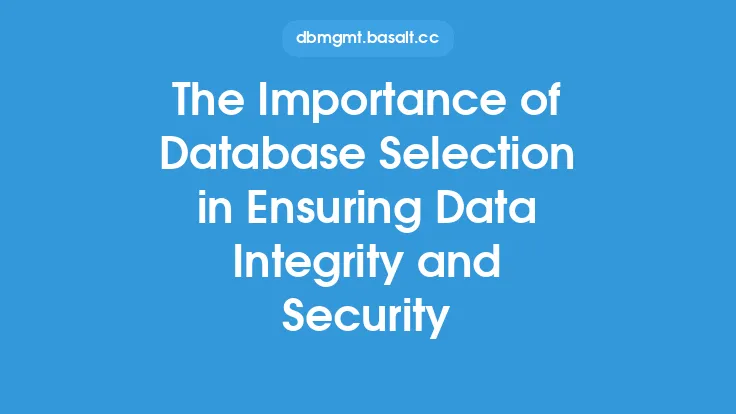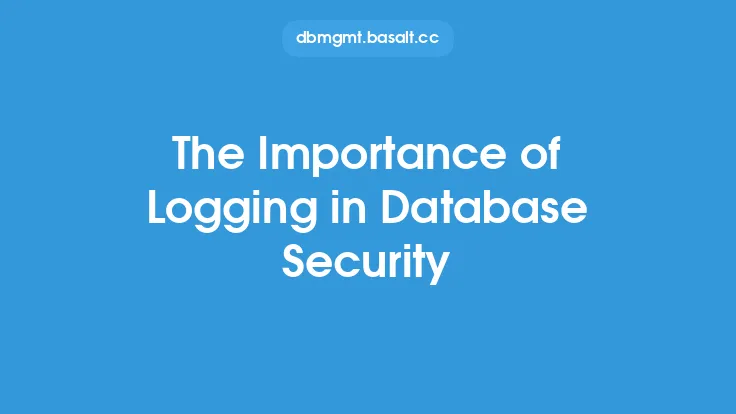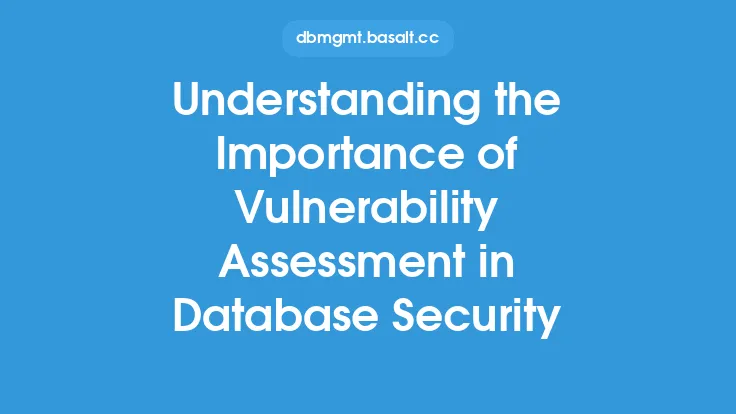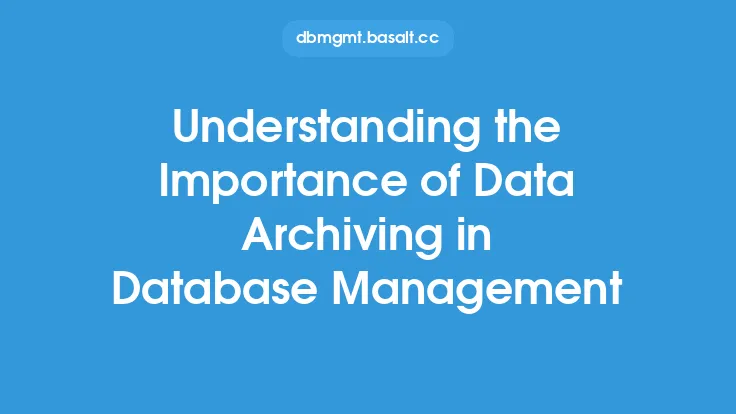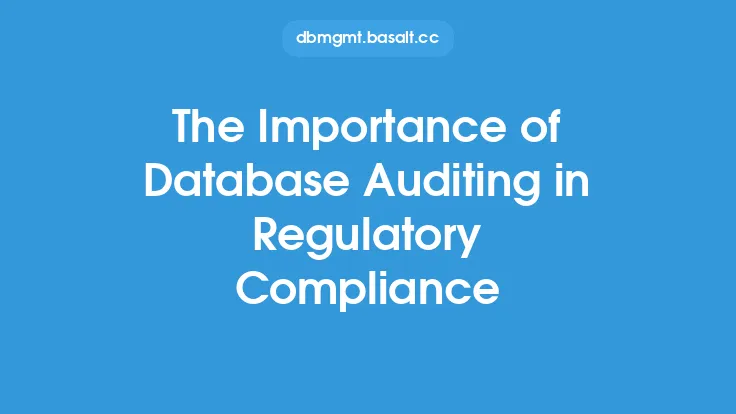Database security is a critical aspect of protecting sensitive information, and encryption is a key component of this security. One important aspect of encryption that is often overlooked is encryption key rotation. Encryption key rotation refers to the process of regularly changing the encryption keys used to protect data in a database. This process is essential to maintaining the security and integrity of the data, and it is an important part of any comprehensive database security strategy.
What is Encryption Key Rotation?
Encryption key rotation is the process of generating new encryption keys and replacing the old ones with them. This process is typically done on a regular schedule, such as every 30, 60, or 90 days. The frequency of key rotation depends on the specific security requirements of the organization and the type of data being protected. The goal of key rotation is to minimize the damage that could be done if an encryption key is compromised. By regularly changing the encryption keys, an organization can reduce the risk of a security breach and protect its sensitive data.
Why is Encryption Key Rotation Important?
Encryption key rotation is important for several reasons. First, it helps to prevent unauthorized access to sensitive data. If an encryption key is compromised, an attacker could use it to access the encrypted data. By regularly changing the encryption keys, an organization can reduce the risk of a security breach. Second, key rotation helps to prevent brute-force attacks. Brute-force attacks involve trying all possible combinations of encryption keys to find the correct one. By regularly changing the encryption keys, an organization can make it more difficult for an attacker to use a brute-force attack to access the encrypted data. Finally, key rotation helps to ensure compliance with regulatory requirements. Many regulatory requirements, such as PCI-DSS and HIPAA, require organizations to regularly rotate their encryption keys.
Benefits of Encryption Key Rotation
There are several benefits to encryption key rotation. First, it helps to improve the security of sensitive data. By regularly changing the encryption keys, an organization can reduce the risk of a security breach and protect its sensitive data. Second, key rotation helps to reduce the risk of a brute-force attack. By regularly changing the encryption keys, an organization can make it more difficult for an attacker to use a brute-force attack to access the encrypted data. Third, key rotation helps to ensure compliance with regulatory requirements. Many regulatory requirements require organizations to regularly rotate their encryption keys. Finally, key rotation helps to improve the overall security posture of an organization. By regularly changing the encryption keys, an organization can demonstrate its commitment to security and protect its sensitive data.
Best Practices for Encryption Key Rotation
There are several best practices for encryption key rotation. First, organizations should establish a regular key rotation schedule. This schedule should be based on the specific security requirements of the organization and the type of data being protected. Second, organizations should use a secure method to generate new encryption keys. This method should be designed to prevent unauthorized access to the new keys. Third, organizations should use a secure method to store the new encryption keys. This method should be designed to prevent unauthorized access to the new keys. Finally, organizations should test their key rotation process to ensure that it is working correctly. This testing should include verifying that the new encryption keys are being used correctly and that the old keys are no longer in use.
Challenges of Encryption Key Rotation
There are several challenges associated with encryption key rotation. First, key rotation can be a complex and time-consuming process. This process requires careful planning and execution to ensure that the new encryption keys are generated and stored correctly. Second, key rotation can be disruptive to business operations. If not planned correctly, key rotation can cause downtime and disrupt business operations. Third, key rotation requires significant resources. This process requires significant resources, including personnel, equipment, and budget. Finally, key rotation requires careful management. This process requires careful management to ensure that the new encryption keys are being used correctly and that the old keys are no longer in use.
Tools and Techniques for Encryption Key Rotation
There are several tools and techniques that can be used to facilitate encryption key rotation. First, organizations can use key management systems to generate, store, and manage encryption keys. These systems are designed to simplify the key rotation process and ensure that the new encryption keys are being used correctly. Second, organizations can use automated key rotation tools to automate the key rotation process. These tools are designed to simplify the key rotation process and reduce the risk of human error. Third, organizations can use encryption key rotation software to generate and store new encryption keys. This software is designed to simplify the key rotation process and ensure that the new encryption keys are being used correctly. Finally, organizations can use cloud-based key rotation services to generate and store new encryption keys. These services are designed to simplify the key rotation process and reduce the risk of human error.
Conclusion
Encryption key rotation is an important aspect of database security. It helps to prevent unauthorized access to sensitive data, prevent brute-force attacks, and ensure compliance with regulatory requirements. By establishing a regular key rotation schedule, using a secure method to generate new encryption keys, and testing the key rotation process, organizations can improve the security of their sensitive data and protect their business operations. While there are challenges associated with encryption key rotation, there are also several tools and techniques that can be used to facilitate this process. By using these tools and techniques, organizations can simplify the key rotation process and reduce the risk of human error. Ultimately, encryption key rotation is an essential part of any comprehensive database security strategy, and it should be a priority for any organization that stores sensitive data in a database.
